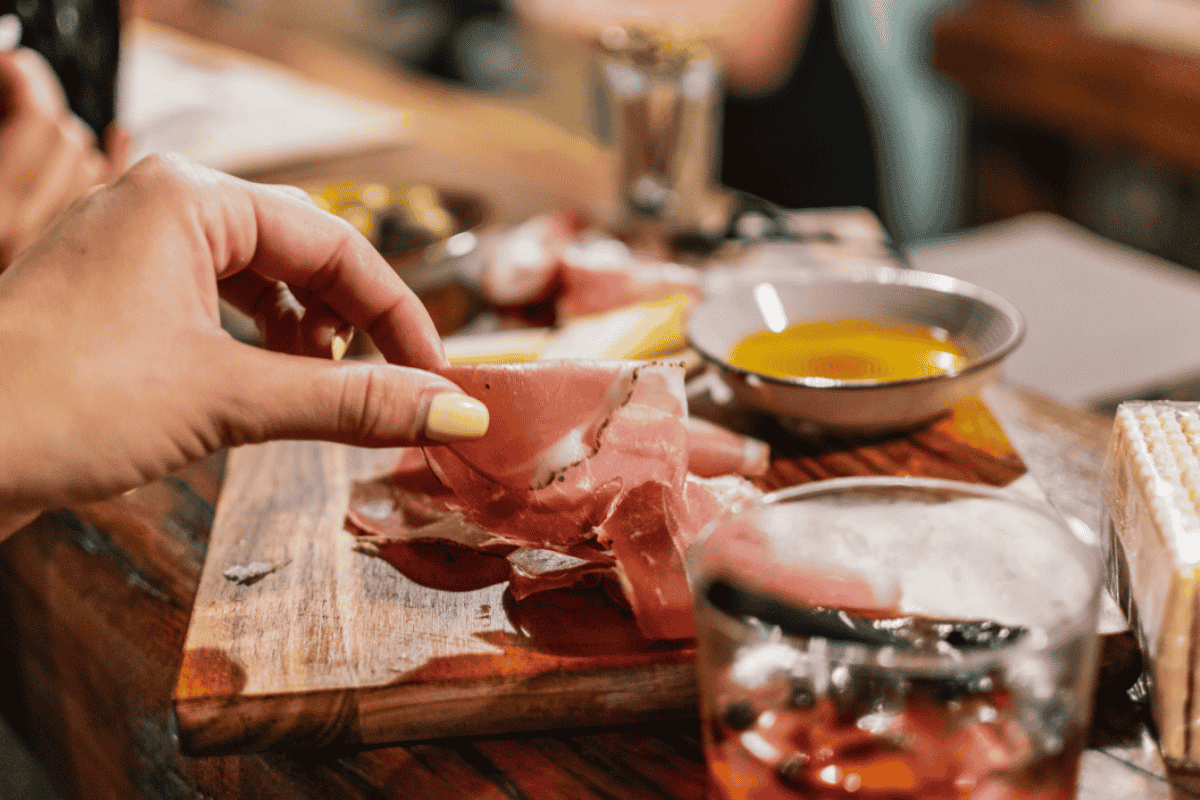You’ve just hosted an amazing evening. The wine flowed, the laughter echoed, and the star of the night your charcuterie board was a showstopper. But as the guests leave and the candles burn low, you're left with a delicious dilemma: what should you do with the leftover meats? Can you simply pop them into the freezer, or are they destined for the trash? It's a surprisingly common question among hosts and food lovers alike. The good news is, many of those beautifully arranged slices of prosciutto, salami, and chorizo can absolutely be saved for another day if you know how to handle them correctly.
The Nature of Cured Meats and Their Shelf Life

Cured meats like salami, pepperoni, coppa, and prosciutto are made to last longer than your average sliced ham. These meats undergo curing, smoking, or drying processes that help preserve them without refrigeration for short periods. That's part of what makes them perfect for charcuterie boards. However, once these meats are sliced and exposed to air, they begin to dry out and oxidize, which reduces their shelf life significantly. While refrigeration helps, freezing can extend their usability even further provided you know the rules of safe freezing and thawing.
Not All Meats Freeze the Same Way
Before you start packing everything into your freezer bags, it’s important to understand that not all charcuterie meats behave the same once frozen. Dry-cured meats like Genoa salami, soppressata, and pepperoni tend to freeze well because of their low moisture content. On the other hand, more delicate, paper-thin meats like prosciutto or bresaola can become brittle or lose their signature texture once thawed. The higher the fat content and the thinner the slice, the more likely the meat is to experience slight changes in flavor or consistency. That doesn’t mean you can’t freeze them but you’ll want to be thoughtful about how you do it and what you expect upon thawing.
How to Prepare Leftover Meats for Freezing
If you’re considering freezing leftover charcuterie meats, the first step is to act quickly. Don’t leave them sitting out at room temperature for hours after the event. Once the gathering winds down, separate the meats from any cheeses, fruits, or condiments, and place them in airtight containers or freezer bags. If possible, place parchment paper between slices to prevent them from sticking together. Removing excess air from the storage bag is also essential, as it helps prevent freezer burn and preserves the meats’ flavor and moisture balance. Label the container with the date so you remember when it was frozen.
How Long Can Charcuterie Meats Stay Frozen?
The good news is that properly stored cured meats can last in the freezer for one to two months without a noticeable decline in quality. Some hard, dry sausages may even go slightly longer. However, freezing doesn't make the meats immortal. Over time, the fats in cured meats can begin to oxidize, even in the freezer, leading to flavor degradation. For best results, aim to use frozen charcuterie meats within eight weeks. This time frame allows you to minimize waste while preserving the sensory experience that made your original board such a hit.
Thawing Without Compromising Flavor
Thawing charcuterie meats may seem straightforward, but it’s worth doing with care. The best method is to place the frozen container or bag in the refrigerator overnight. This slow thaw helps the meat retain its texture and flavor. Avoid using a microwave or hot water to speed up the process, as these methods can lead to rubbery textures and compromised taste. Once thawed, it’s best to consume the meats within a couple of days and never refreeze them again. Remember, thawed meats might be a touch less supple than fresh slices, but they still make excellent additions to sandwiches, pasta dishes, and flatbreads.
Creative Ways to Use Frozen (and Thawed) Charcuterie Meats
One of the best things about freezing leftover meats from a charcuterie board like Gourmet Cheese & Charcuterie Tray is having a flavorful stash on hand for future culinary inspiration. Even if they’ve lost a bit of their original elegance, thawed cured meats can still elevate your meals in unexpected ways. Add chopped salami to a breakfast scramble or frittata for a savory kick. Use slices of pepperoni or soppressata as pizza toppings. Fold prosciutto into grilled cheese sandwiches, mix into creamy pasta sauces, or use as a salty crunch in salads. Their saltiness and spice carry over beautifully into cooked dishes, making your leftovers feel like a gourmet bonus.
Knowing When to Toss: Signs Freezer Storage Has Failed
While freezing charcuterie meats is mostly safe and effective, there are always risks when it comes to long-term storage. If you notice an off smell, visible ice crystals inside the meat, discoloration, or a mushy texture upon thawing, it’s better to be cautious and discard it. Food safety should always trump frugality. These signs don’t always mean danger, but they do indicate that the meat’s quality and possibly its safety has been compromised. If in doubt, toss it out. Your future self will thank you for avoiding the risk of foodborne illness over a slice of questionable salami.
Conclusion
A charcuterie board is an experience something carefully crafted for sharing, tasting, and celebrating. But when the party ends and slices remain, you don’t have to waste what’s left. Freezing leftover meats from a charcuterie board is not only possible, it’s a smart, resourceful way to extend your enjoyment of those gourmet ingredients. With the right storage methods and a little attention to detail, you can turn last night’s board into tomorrow’s breakfast, lunch, or dinner. So next time you find yourself staring at an array of untouched cured meats after an event, just remember: the freezer is your friend, and charcuterie never really goes out of style.





